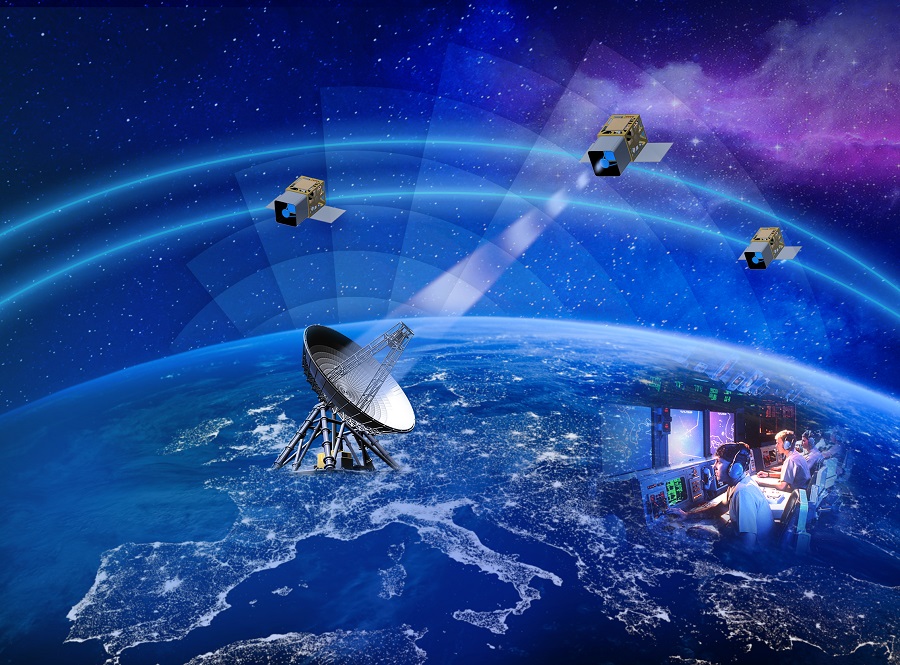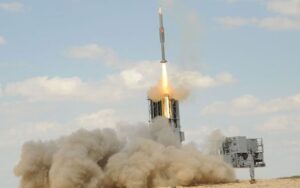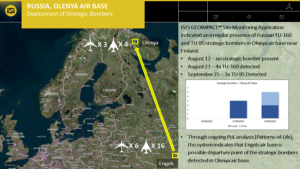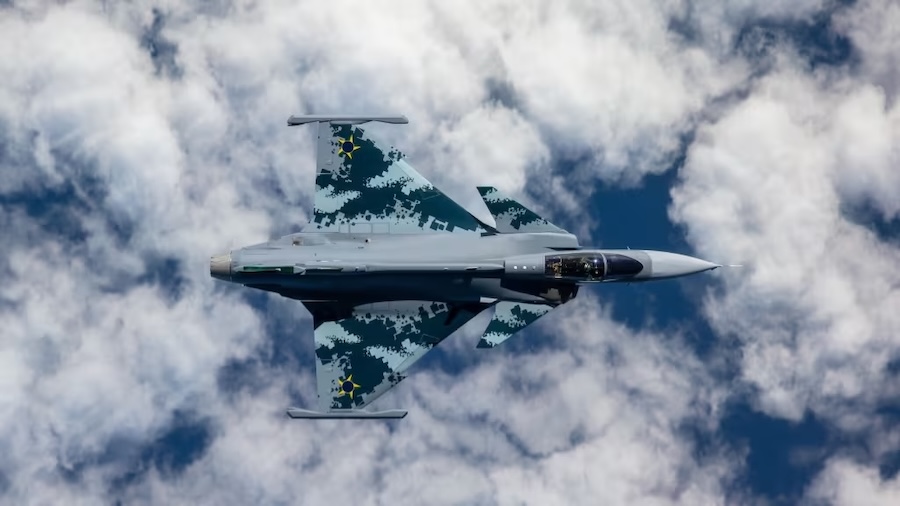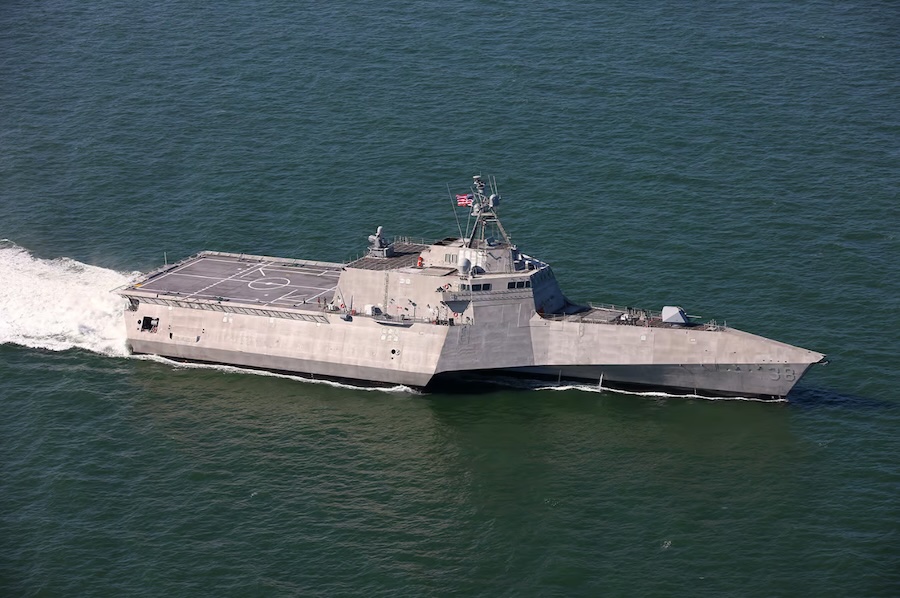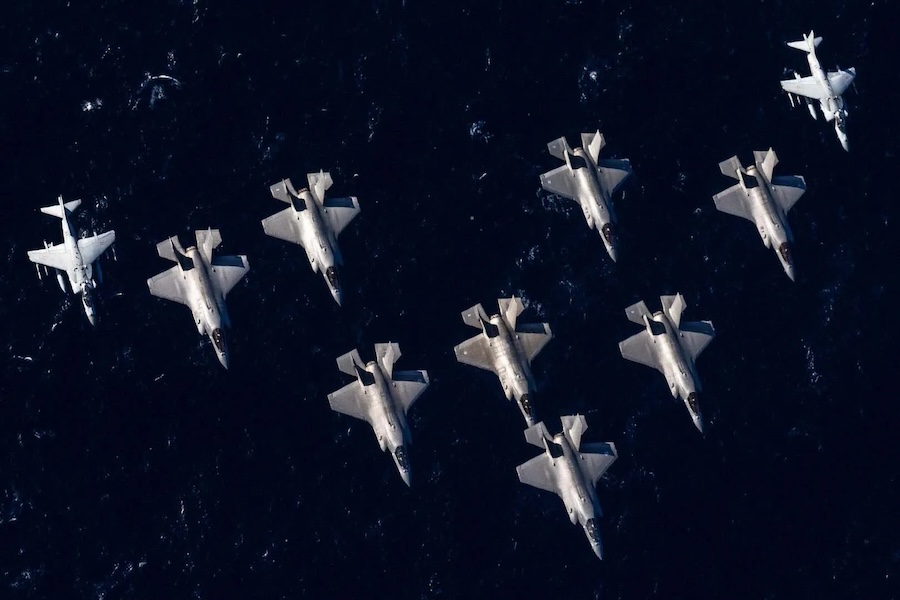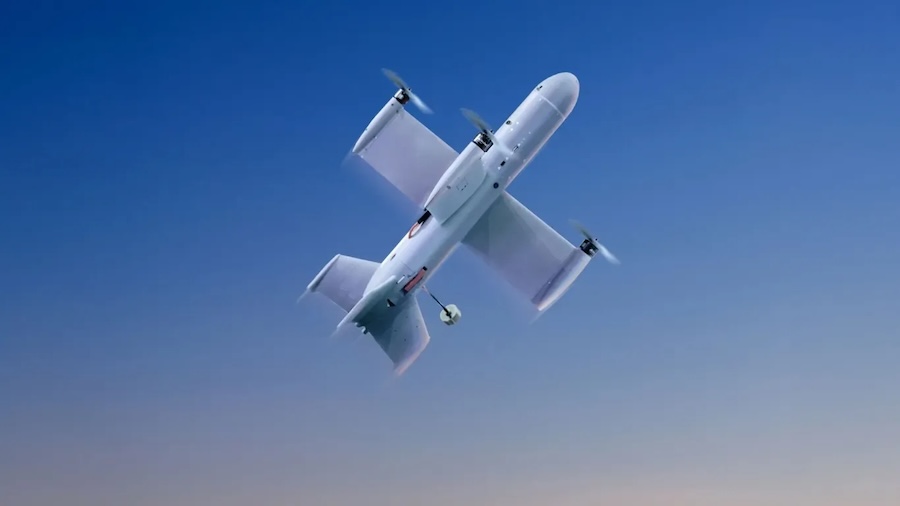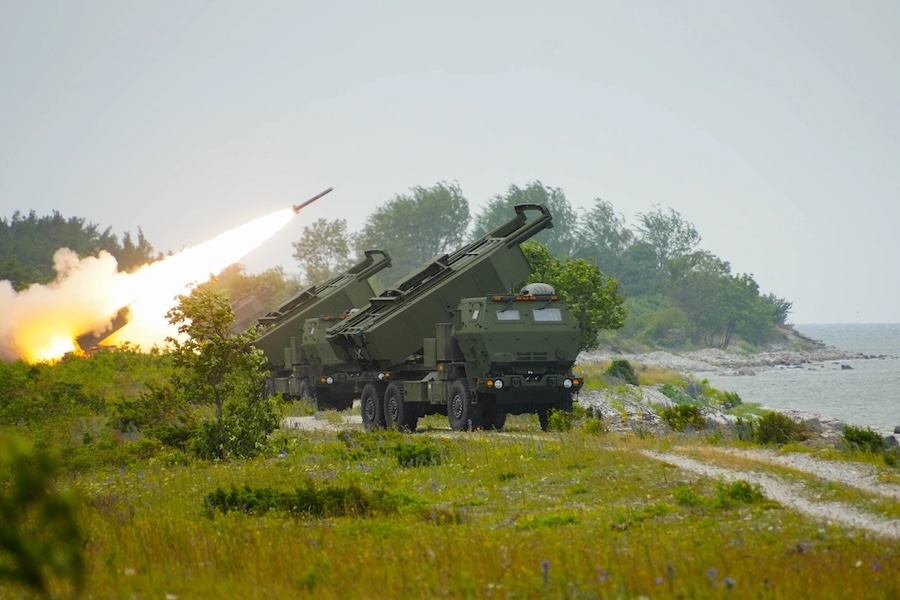Israel has a number of spy satellites in space. The last one, Offek-16 was launched in 2020. The Israeli intelligence needs more spy satellites and currently unit 9900 of the Israeli Defence Forces (IDF) is getting ready to operate the first nano- and micro- spy satellites.
The current spy satellites operated by Israel have a revisit time that is not enough to detect the preparations for a ballistic missile from Iran. What further complicated the problem is the fact that only recently Iran proved the capability to launch ballistic missiles from underground shelters.
The Israeli Ministry of Defense has ordered a large number of nano- and microsatellites that will be launched into space to form “Swarms”. The combined capability of such a swarm will according to experts enhance Israel’s capability to get almost a real-time image intelligence of preparations for the launch of a ballistic missile.
The plan is to use the micro- and nanosatellites to achieve a continuous coverage of areas “of special interest” by the high rate of revisits.
These small and relatively cheap satellites will operate in parallel to the Israeli full-size spy satellites of the Offek series.
All the Israeli spy satellites have been manufactured by Israel Aerospace Industries (IAI). This capability has been achieved by massive investment in the company’s space division.
The defense ministry according to the critics, chose to overlook these massive investments and has asked for a proposal from Rafael, another state-owned company that so far has manufactured only small space subsystems. Rafael was selected to develop and build the nanosatellites dubbed LiteSat. The ministry declined any comment on the issue.
According to Rafael, the LiteSat system consists of a high-revisit constellation of high-resolution, low-cost microsatellites and a state-of-the-art modular ground facility that can be easily integrated with existing assets.
The company says that LiteSat’s unique small size and low weight are enabled by the compact design of its camera. This creates less drag, which allows the use of a lower orbit, enabling higher-resolution images.
Rafael says that efficient electric propulsion allows a long mission life at a low altitude, even during sun-max.
A Rafael source pointed to the system’s compact footprint that allows for a single launch of multiple satellites ‒ delivering a very attractive cost/performance ratio.
According to the Israeli company, the LiteSat satellite is equipped with advanced image processing algorithms and geospatial big data analytics for intelligence extraction.
The company said that the LiteSat weight 100 kgs and will orbit the earth in altitudes 0f 400 – 800 km. Life span is expected to be 5 years.
Rafael says that a constellation may include 4-100 satellites and that the revisit time can be “minutes” according to the target latitude and the constellation size.
The Offek series satellites now in orbit visit “areas of interest” in big intervals. Their optical or radar payloads cannot keep a persistent watch over the “areas of interest”, and when it comes to the ballistic missiles threat, this is a major problem. Israeli sources say that some 30 minutes are needed from the command to prepare a ballistic missile for launch until it is ready for launch, and this if the protection silos are well equipped. Such a short time, when the enemy is aware of the “visiting” time of the spy satellites over his territory, can be the perfect trick to avoid the detection of the preparations and the launch itself, when the burn of the missiles’ engines, make it a very clear target for space-based infra-red sensors.
A swarm of nanosatellites operated in a pre-defined formation can according to Israeli sources produce very good optical results and a very short revisit time.
The option to launch Nano satellites from a fighter aircraft is still on “some tables”. The critics say that such a program was scrapped by the US and is not viable.




